A GUIDE TO THE DIFFERENT TYPES OF VANS
There are so many different makes and models of vans on the road but quite often the different types of vans get overlooked. When choosing a van everyone has different needs whether that means you need a large load area, room for more passengers or an off-road vehicle.
So, we have put together a guide to the different types of van to help you make the best decision for you…
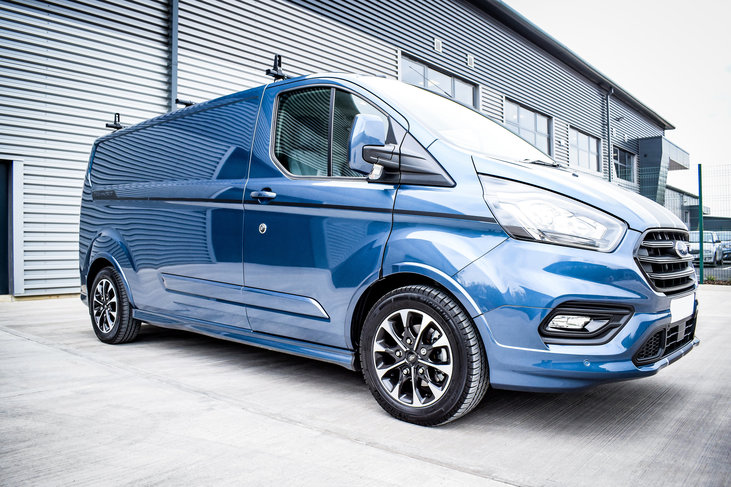
PANEL VAN
The panel van is without a doubt the most popular van on the roads and they are used by tradesmen all over the country as well as being used for van life or styling conversions. Panel vans are available in different sizes with a choice of roof heights and wheelbases and they often don’t have any side or rear windows. Popular panel vans are the Ford Transit and the Volkswagen Transporter.

CREW VAN
A crew cab is perfect for anyone who needs to carry extra passengers with them as the crew cab has a second row of seats. Normally there are 3 seats in the front and a further 3 or 4 seats behind. Due to the presence of the second row of seats and a bulkhead, load space is lost but if you need extra passengers the load capacity can still be great. It’s also important to note that there are two side windows present which is in line to the second row of seats. The most popular crew vans are Ford Transit Custom, Ford Transit and Vauxhall Vivaro which all offer extra passenger spaces and great load capacity.
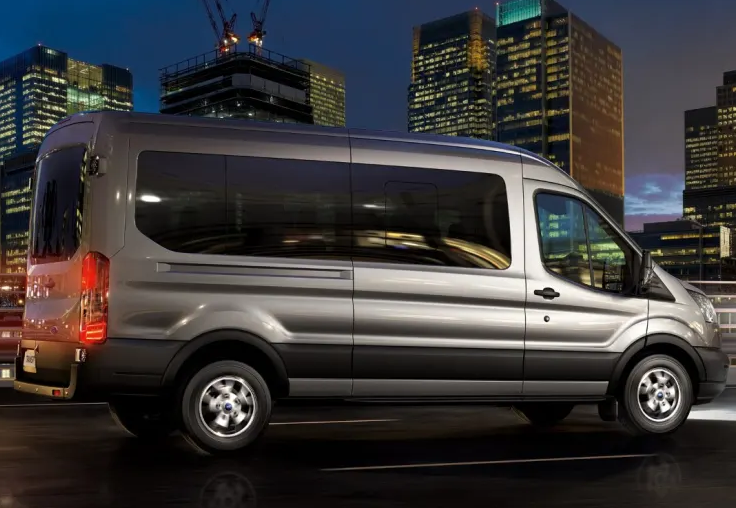
You might also enjoy!
PLANS & PRICES
BRONZE MEMBERSHIP
Roadside Assistance
Local Recovery
Onward Travel
SILVER MEMBERSHIP
Roadside Assistance
National Recovery
Onward Travel
GOLD MEMBERSHIP
Roadside Assistance
Homestart
Local & National Recovery
PLATINUM MEMBERSHIP
Roadside Assistance
National Recovery
Onward Travel
BUSINESS MEMBERSHIP
Roadside Assistance
Homestart
National Recovery
MINIBUS
Minibuses are van-based vehicle that is able to carry 8 to 16 passengers, but manufacturers often count the driver so class minibuses as 9 to 17 passenger vehicles. The minibus’s number one focus is passengers not load space and they are often used by taxi companies who do airport runs or for school drop-offs. Iveco, Ford and Mercedes are the most popular manufacturers of minibuses.

CHASSIS VAN
A chassis van is the most basic van you could buy, it is a cab with a ladder chassis and people do often convert them. Conversions of a chassis van usually result in a tipper, dropside or box van but they can also be converted in ice-cream vans or an ambulance. So, if you require specific needs for your van it is best to start from scratch essentially with a chassis van.
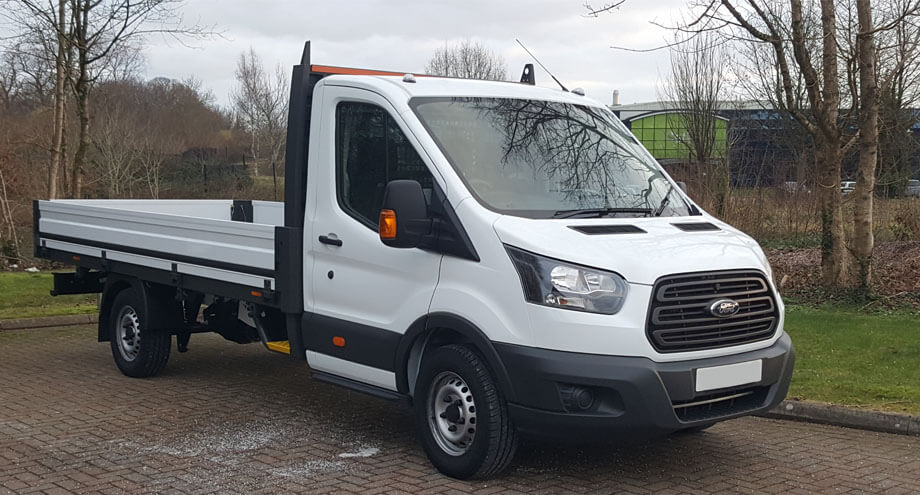
DROPSIDE VAN
A dropside van is an extension of a chassis van and it usually has a flatbed fitted on top of the ladder chassis and its sides drop down to open. As you can imagine these vans are very popular with tradespeople especially builders as they can carry heavy, bulky items in the rear and the drop-down sides mean that loading and unloading are easy.
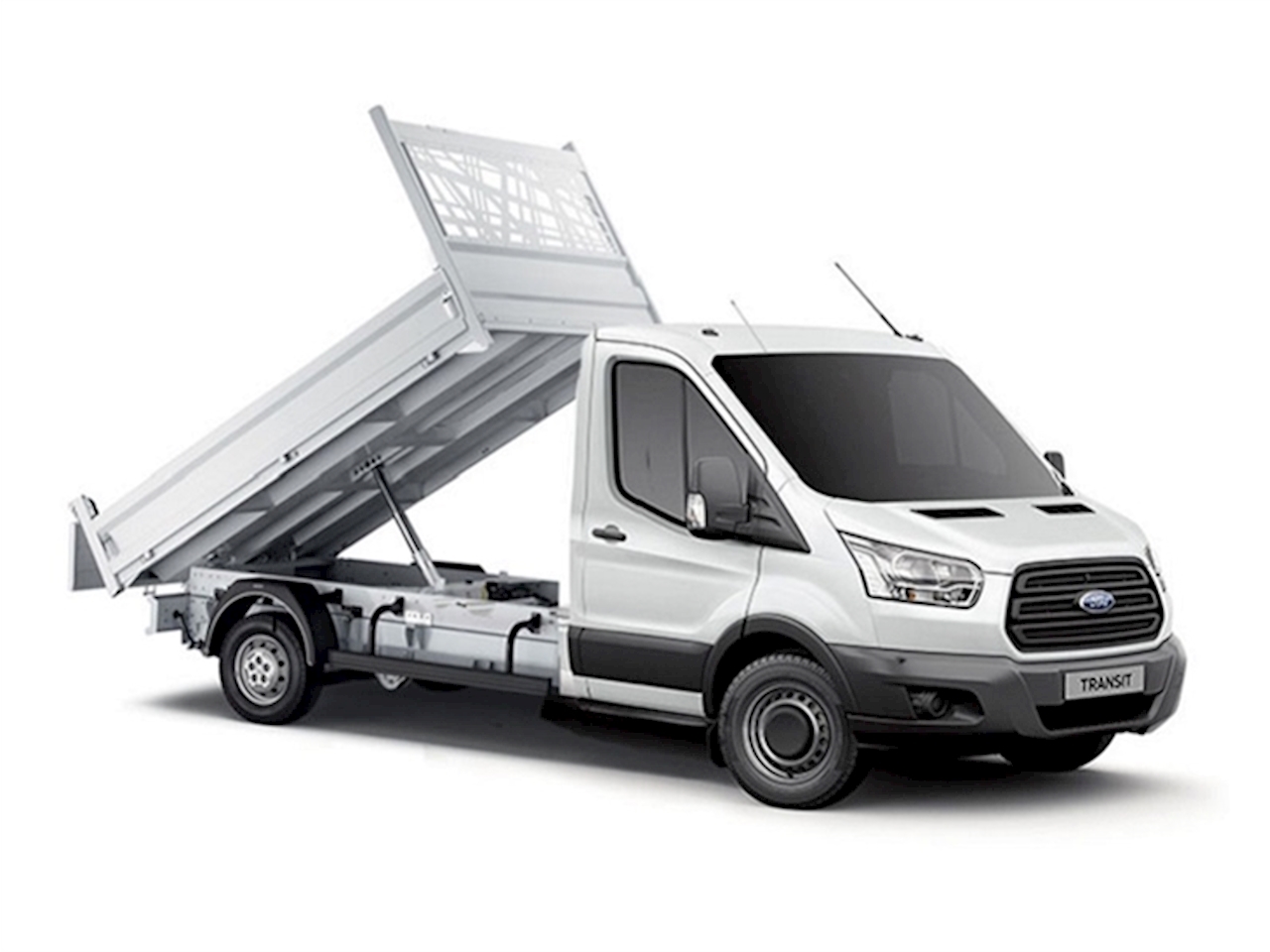
TIPPER
A Tipper van is essentially a dropside van as it has the same drop-down features, but its additional feature is that the flatbed can rise from the front end to allow all contents to fall out of the load area. This is operated by a hydraulic arm and it is perfect for anyone who carries different materials or aggregates.
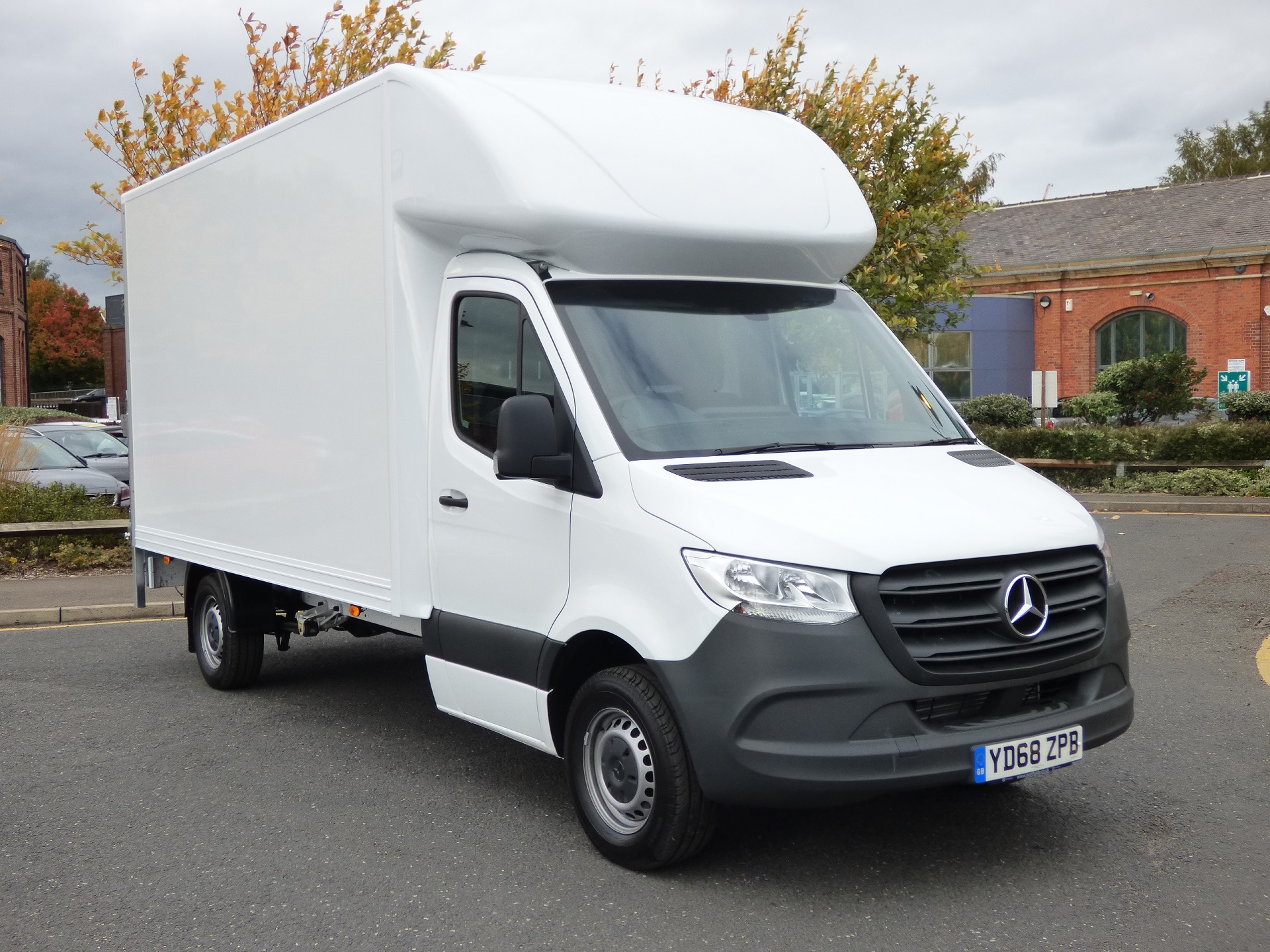
BOX VAN
From the name you can guess that this is a van with a box/cube-shaped load area that is separate to the cab. The load area is of high capacity making this van popular for couriers and home removal companies, the van’s load area does seem high off the ground because the load space sits on the chassis. The most popular box vans are Volkswagen Crafter and Mercedes Sprinter.
LUTON VAN
A Luton van is very similar to the box van in its appearance but the load area expands over the cab providing even more load capacity for drivers who need a large load capacity. The name from the Luton van originated from the box van which was an adaption of the Bedford van which was produced at their plant in Luton.
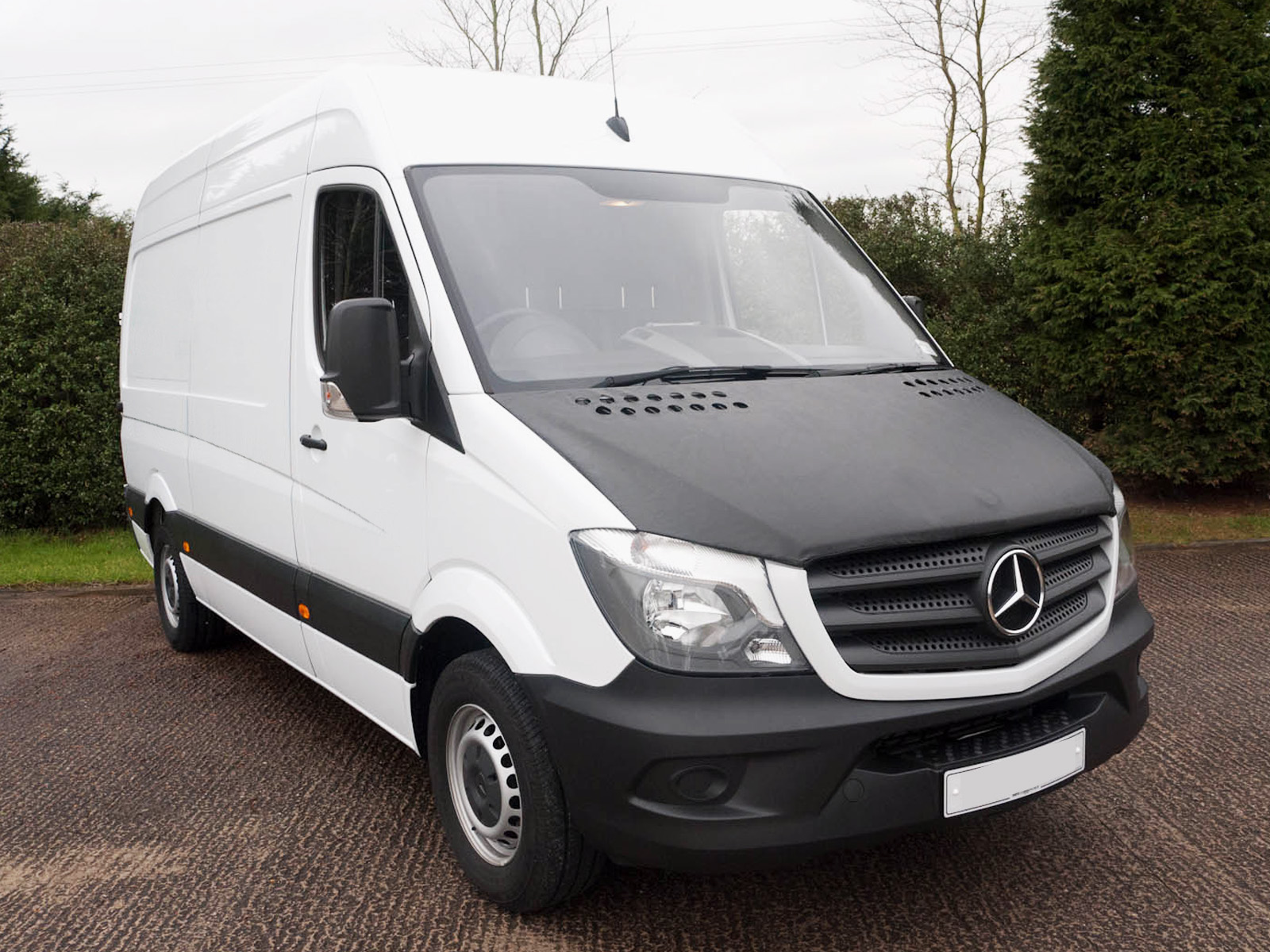
4X4 VANS
These vans are perfect for anyone who requires an off-road vehicle but needs more load space than a pick-up. They ensure you can drive off-road and in icy and snowy conditions, a popular 4×4 van is the Mercedes Sprinter.
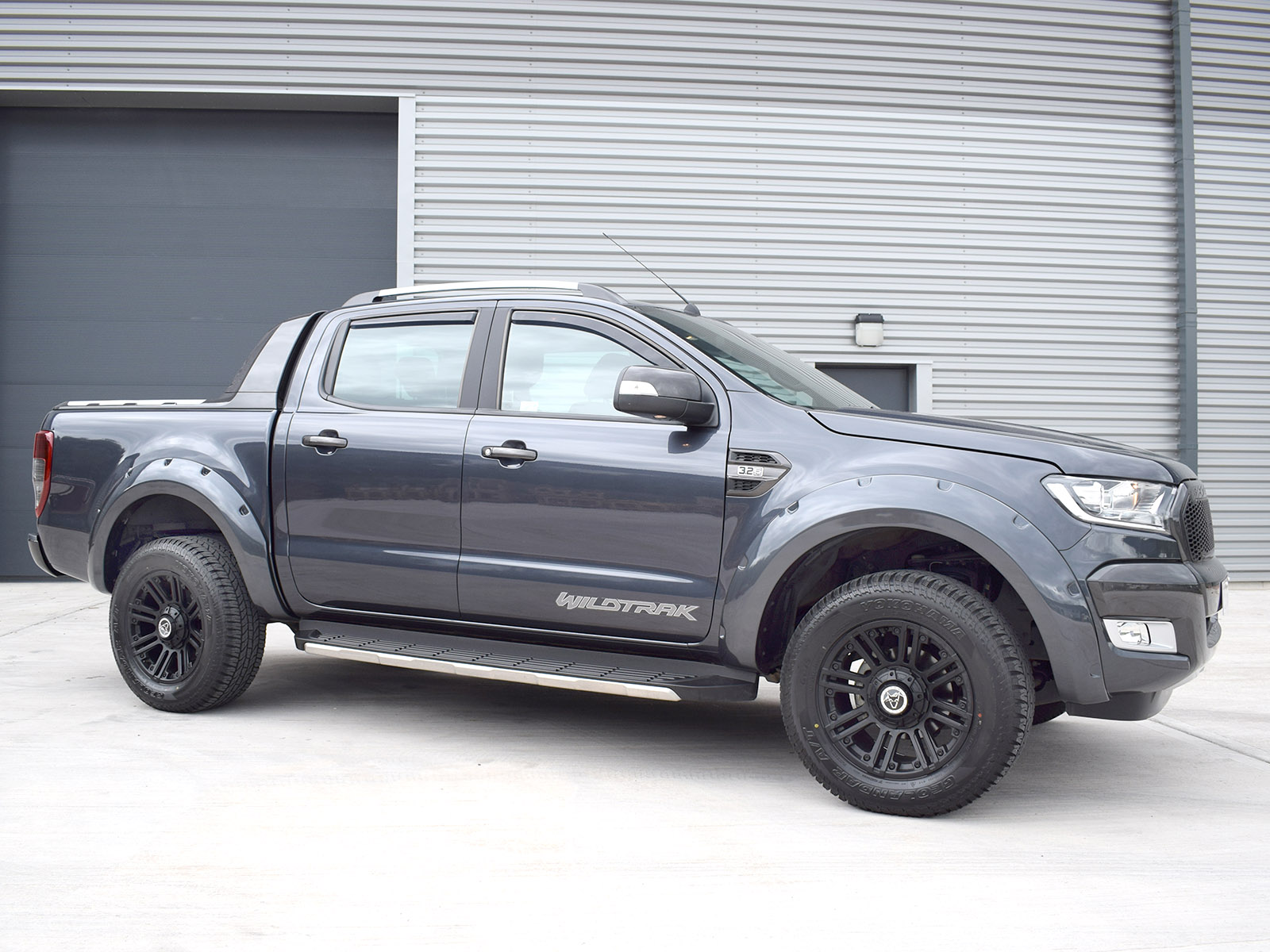
PICK UP
Pickups are quite popular within a business and personal use and the most popular pickups are the Mitsubishi L200, Ford Ranger, Volkswagen Amarok and Toyota Hilux. They are designed with a choice of a single or double cab with an open, low sided load space at the rear.

CAR-DERIVED VAN
As suggested by the name of the vehicle, it is an adaption of a car to provide features of a van. Usually, the interior has been converted to be more van-like with no rear seats or side windows, their maximum loading weight is 2 tonnes. The car-derived vans are often driven by small courier services and the most popular models are the Vauxhall Astra and Corsa and the Ford Fiesta.
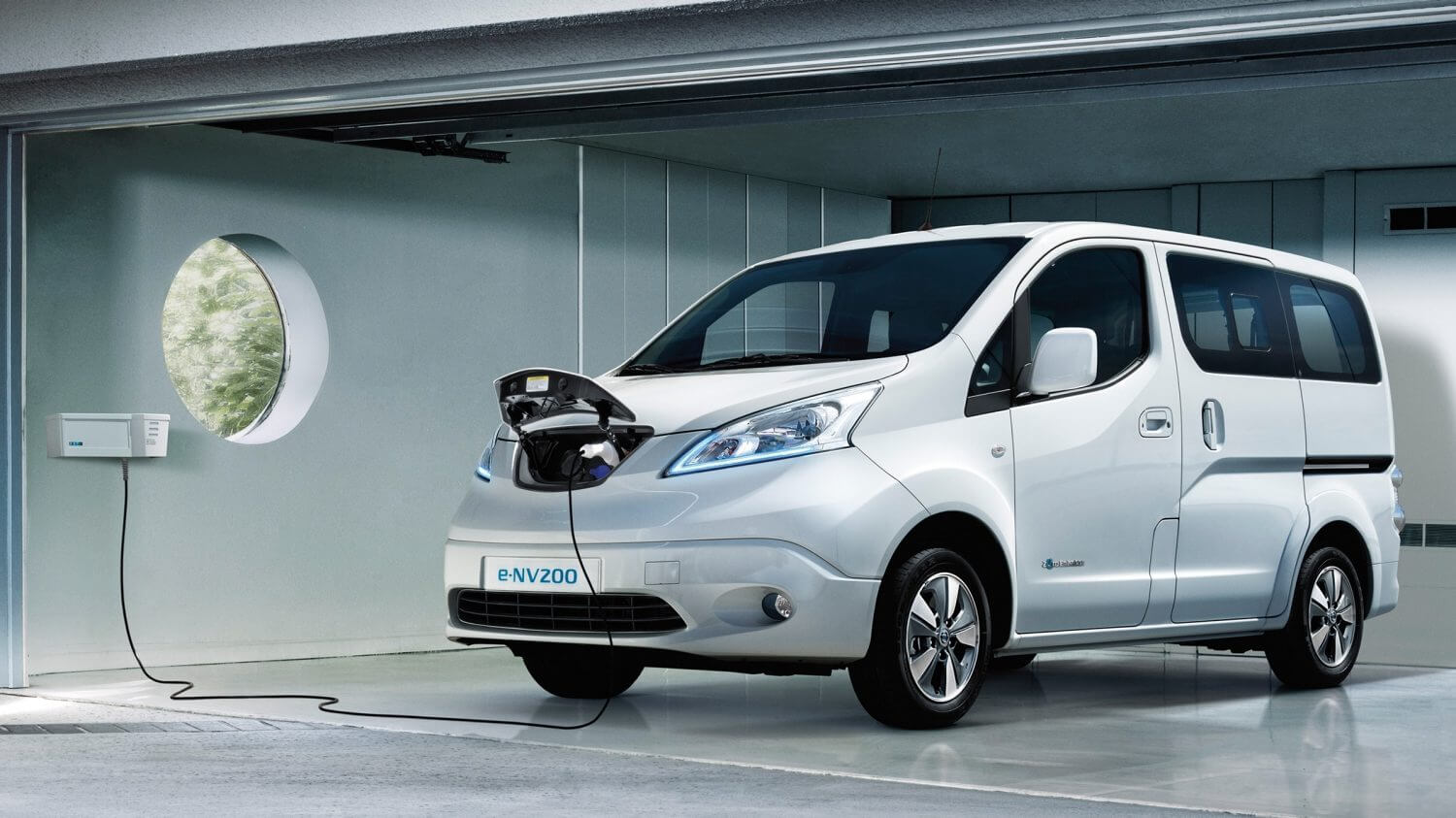
ELECTRIC VAN
Electric vans are certainly new to us, but they are growing in popularity due to the rising concerns of air pollution. They offer multiple benefits including no road tax or congestion charges as they release no emissions, so they are popular in cities. The electric vans require re-charging as they use battery-powered electric motors and the number of charging ports around the country is increasing but you can also get off-road charging fitted at your house. The most popular electric vans currently are the Nissan e-NV200, Citroen Berlingo Electric, Peugeot Partner Electric and Renault Kangoo ZE.
We hope our guide to the different van types you can get will give you a better understanding when it comes to choosing the best van for your needs!






Very good. Thanks.
those vans look all amazing, I like the big ones.
Nice vans, I love them all, but more the big ones.